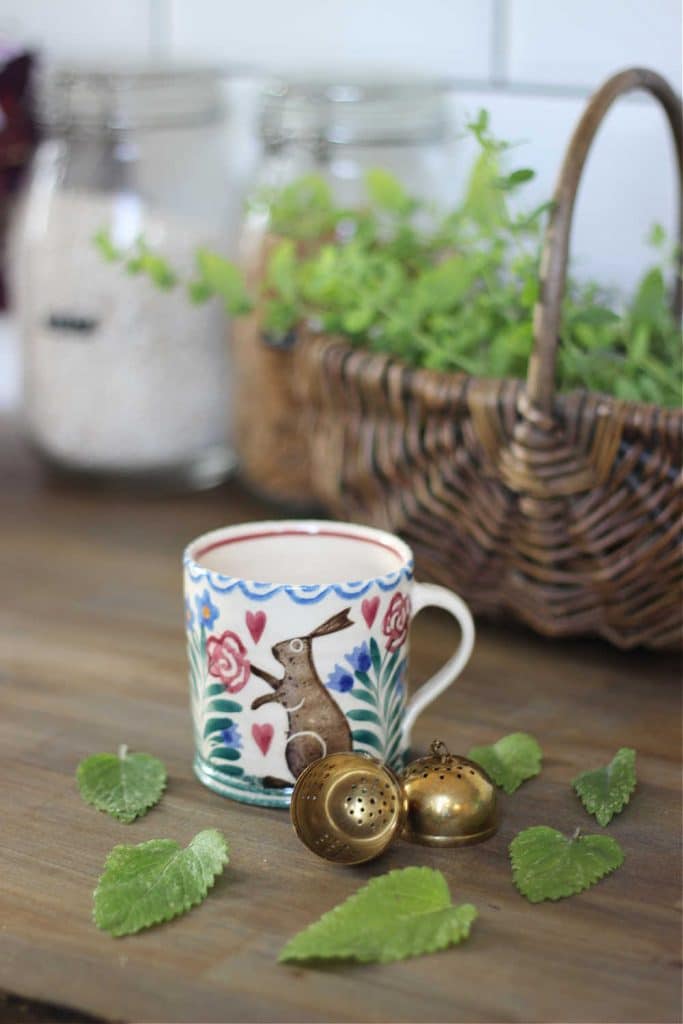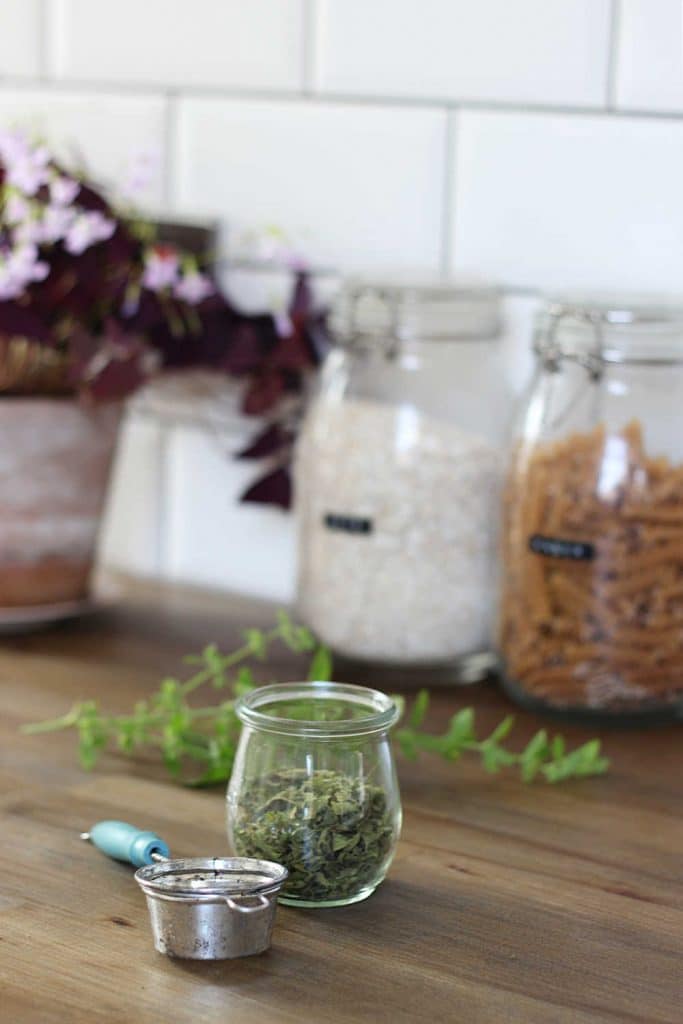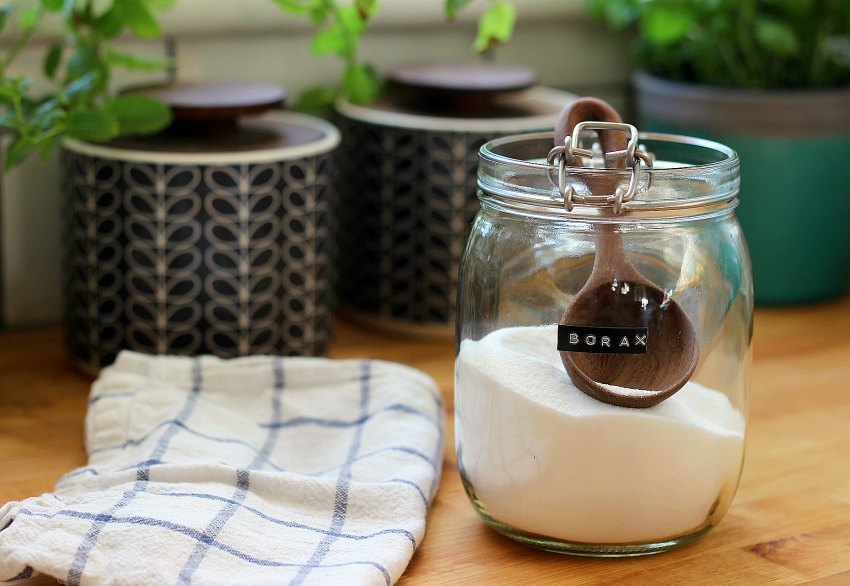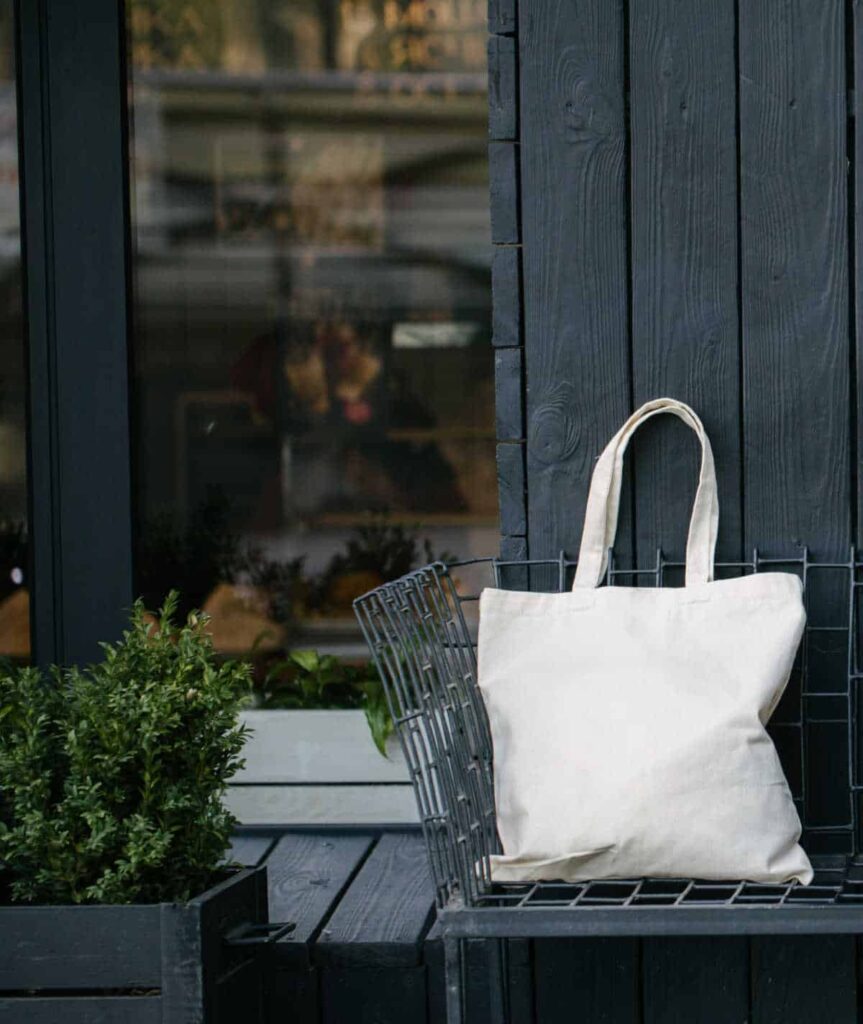How To Make Lemon Balm Tea – Two Ways
To support the running costs of Moral Fibres, this post may contain affiliate links. This means Moral Fibres may earn a small commission, at no extra cost to readers, on items purchased through these links.
Want to know how to make deliciously refreshing lemon balm tea? You’re in luck – it’s one of my favourite beverages! Here’s how to make it with fresh leaves, and how to make lemon balm tea from dried leaves. Enjoy!
Lemon balm grows in abundance in my garden. I absolutely adore the smell of lemon balm and it’s not just me. Bees blooming well love lemon balm. When the plant’s tiny white flowers bloom in August and September, you’ll find scores upon scores of bees on it collecting precious pollen.
As such, I have planted a couple of pots of it over the years. Pro-tip: plant it in pots otherwise it will spread. I tell myself I’m doing it for the bees, but mostly it’s simply for the fact that I adore lemon balm tea. It’s a refreshing, caffeine-free tea, and one that I reach for during the day or evening when I need a non-caffeinated pick-me-up.

In summer you can make fresh lemon balm tea, or you can dry the leaves for a beverage you can enjoy all year round. I’ll show you how to make fresh tea in summer.
And while we’re here, I’ll also show you how to dry lemon balm leaves to preserve them for later. And then, because I’m good like that, I’ll show you how to make lemon balm tea from the dried leaves. I promise it’s a taste of summer even in the darkest depths of winter.
- What Is Lemon Balm?
- How To Make Fresh Lemon Balm Tea
- How To Make Lemon Balm Tea From Dried Leaves
- How To Dry Lemon Balm Leaves
First Off, What Is Lemon Balm?
Lemon balm is an edible herbal plant known by the botanical name Melissa officinalis. The plant is also frequently called common balm and balm mint. This is because it’s closely related to the Mint family.
Lemon balm is often confused with lemon verbena, but these are two very separate plants from two very different parts of the world. Lemon balm is native to Europe and North Africa, whilst Lemon verbena is native to South America. You can, however, make tea from lemon verbena – it is perfectly edible – so if you have lemon verbena to hand then all is not lost!
Lemon balm has a long history of culinary use. And in many regions, lemon balm has long been used as a natural herbal remedy. Some possible health benefits of lemon balm tea include reducing stress and anxiety levels, helping with insomnia, providing indigestion and nausea relief, and more.
Whether herbal remedies are your thing or not, lemon balm also makes a pretty tasty and refreshing cup of tea. So let’s get down to the tea-drinking business!
How to Make Fresh Lemon Balm Tea

The quickest, no-fuss way is to make your tea fresh. Here’s how to make one cup of tea:
- After picking your fresh lemon balm leaves, give them a shake to dislodge any bugs. Then rinse the leaves under cold water, and using a tea towel, gently pat dry the leaves.
- Add two to three teaspoons of fresh lemon balm leaves to a tea infuser, and then place the infuser in your teacup or mug. I prefer to tear up the leaves before adding them to the tea infuser, as it helps release the lovely lemon balm flavour.
- In your kettle, bring the amount of water you need to a boil.
- Pour the hot water into the teacup and allow the lemon balm leaves to steep for around 5 to 10 minutes.
- Drink as it is, or add a slice of lemon for additional flavour. If you need to sweeten your tea, add sugar, honey or your usual sweetener.
Do note that it’s best to use lemon balm for tea before the plant starts to flower. This is because the flavours are at their optimum peak. The plants tend to flower in August, but depending on the weather, the flowers may arrive in July.
How To Make Lemon Balm Tea From Dried Leaves

If you have dried leaves to hand then follow this tea-making guide instead. If you’re looking to dry your fresh leaves then do skip to the next section.
This makes one cup:
- Add one heaped teaspoon of crumbled, dried lemon balm leaves to a tea infuser.
- In your kettle, bring the amount of water you need to a boil.
- Pour the hot water into the teacup and allow the dried leaves to steep for around 5 minutes.
- Drink as it is, or add a slice of lemon for additional flavour. If you need to sweeten your tea, add sugar, honey or your usual sweetener.
How to Dry Lemon Balm Leaves

If you have a glut of lemon balm, like me, then you are going to want to dry at least some of it to tide you through the autumn and winter. There are two separate methods – in the oven, and hanging them up to dry. Let me talk you through both.
How to Dry Leaves In The Oven
Here’s the full step-by-step guide to drying lemon balm leaves in the oven:
- Preheat your oven to 80°C / 180°F
- For the best flavour, harvest the lemon balm leaves just before the plant begins to blossom. Depending on where you are, this could be from July to August. As it’s a favourite plant of the bees, do ensure that you leave plenty for our fuzzy friends to gather pollen from.
- Next, cut the lemon balm stalk, just above the second row of leaves. Pruning like this encourages the lemon balm plant to produce new shoots and maintains a source of pollen for the bees.
- Once you’ve gathered what you need, give the stalks a shake to dislodge any bugs. Then rinse the leaves under cold water, and gently pat dry with a clean, dry tea towel.
- Once dry, lay out the stems on a baking tray and heat in the oven for around 1 to 1.5 hours. Keep a close eye on your leaves to ensure they don’t burn.
- You can tell the leaves are fully dried when the leaves become very crisp and brittle. If you are in any doubt, give the leaves a little more time in the oven, as leaves that are not fully dried out will develop mould.
- When the lemon balms are sufficiently dry remove them from the oven and remove the leaves from the stalks. For best results, I find running my fingers down the stem helps remove all the leaves.
- Finally, place the lemon balm leaves in a clean and dry airtight jar, ready for future tea-drinking times. Compost the leftover stalks.
Air Drying
If you don’t want to dry the leaves in the oven, you can dry bundles together.
Simply gather several stems of lemon balm together, and tie them up around the stem with a piece of string. Then hang your bunches of lemon balm up in a cool dry spot in your house. Once dried, in approximately 2-3 weeks, follow steps 7 and 8 to store your lemon balm tea.
Storage
Your dried lemon balm will keep for around 6 months or so. For optimum freshness, store your jar in a cool dark place. If you see any signs of mould on the dried leaves then you’ll know the leaves did not dry properly. In this instance, they should be discarded.
Enjoy!
PS: If you have mint growing in your garden, then you can also make mint tea. Here’s how to dry mint leaves for tea.
Found this post useful? Please consider buying me a virtual coffee to help support the site’s running costs.




